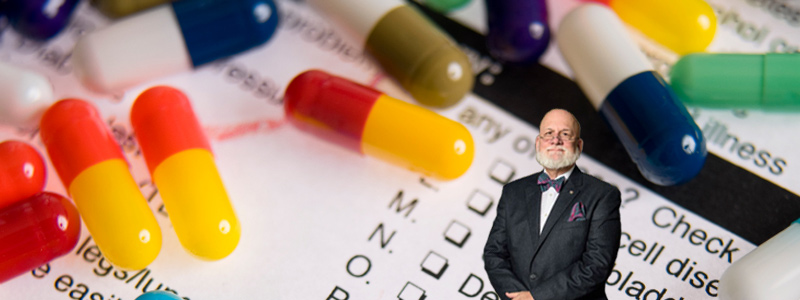Question: My compounded prescription always showed an expiration date of one year. The new one says 3 months. Why is the pharmacist making my script last for a shorter time? I suspect the reason is for profit. If he charges me the same price for a script that is good for a shorter period of time, I’ll have to buy it again in three months. As compounded prescriptions are not covered by insurance this is costly for me. As far as I’m concerned I can see no other reason except they are getting as greedy as the big drug companies.
Answer from The Compounder: Until recently compounding pharmacists were allowed to use a variety of science-based techniques to establish Beyond Use Dates (BUDs). Most used a combination of published literature, in-house testing, and testing with outside laboratories. Since around 2015 those techniques have been under attack by several regulatory organizations. While there is solid evidence that a compound is potent (and sterile when necessary) for up to 12 months, the FDA now insists that the pharmacist put much shorter dating on the preparations. Currently, date changes are dropping from a year to less than 90 days – and more cuts are expected. Our scientific evidence for a one-year dating is being replaced with the opinions of “the suits” from behind their desks.
Keep in mind that a compounded prescription doesn’t KNOW it is supposed to expire becassuse of the date printed on the label. If it was okay before the label change, chances are excellent it’s still okay, regardless of the label. Ask at your pharmacy before concluding that they’re doing something nefarious.
These changes are not coming from the compounding pharmacists, but from bureaucrats and regulators. The pharmacist is another victim. The dating thing is a big issue, but it’s only one of many threatening the future of pharmacy compounding. Ingredients and supplies are getting more expensive and shortages are becoming more common.
The regulators, manufacturers, and third-party payers aren’t concerned with costs outside their walls. They have no problem compelling a small pharmacy to spend thousands of dollars to maintain compliance with their mandates, regardless of how much more ity may cost the consumer. The pharmacy isn’t taking advantage of their customers. In the eyes of the regulators, you, your doctor, and your pharmacist are irrelevant. Pharmacies are being forced to raise prices or drop out. I actually met with a pharmacist today who tells me she’s seriously thinking about closing the doors this year – after decades serving her community.
Finally, it costs money to fill a prescription. It is financially better to get something filled once or twice a year. Twelve times is a burden on everyone, including the pharmacist. In fact, our insurance carrier charges extra because we fill more prescriptions – even when we don’t make more money. If I fill a prescription twice a year and then start refilling it 12 times per year, my prescription count goes up – and my insurance premium climbs. Who pays those premiums?
I suggest you talk to your local compounding pharmacist to verify what I’ve written here. You will certainly discover that the pharmacist isn’t the greedy person you might have concluded. Most often, higher prices are not associated with more profit, but an effort to stay in business despite rising costs from more regulations. The sad part is that compounding pharmacies will likely fade into obscurity. Who benefits when that happens?

